On the future of the ongoing wars in Eurasia and West Asia
On the future of the ongoing wars in Eurasia and West Asia
By Onur Sinan Güzaltan
The world keeps turning rapidly, scattering its major pieces out of place.
The global political arena is in chaos…
The Atlantic’s 500-year advance has come to an end. The old order is collapsing, but a new one has yet to be established. Struggles continue on many fronts, and the likelihood of new ones emerging is high.
The Atlantic is losing its status as a bloc
The Atlantic bloc, whose advance has stalled, is now internally divided into separate camps.
There is an ongoing fight between those who want to maintain their leadership at the cost of war, and those who want to move toward policies compatible with multipolarity.
On one hand, the U.S. and Europe are drifting apart; on the other, structural divisions are emerging within both the U.S. and Europe themselves.
In the U.S., the conflict between Republicans and Democrats has been joined by a split within the Republican Party between Trump and Musk.
Many observers believe this division stems from economic and political differences. In the end, Musk announced that he would form a new political party.
Republicans, Democrats, Trump, or Musk—there is one point on which all sides agree (at least publicly): the existence of Israel must be supported at all costs.
The U.S. stance during Israel’s attacks on Iran confirms this observation. Therefore, it is not wrong to say that different political currents in the U.S. agree on continuing their presence in West Asia.
On the other side of the Atlantic, things are also complicated in Europe. The “leaders” appointed by financial capital to Western European countries are eager to continue the war with Russia over Ukraine. There is no end to the drills and declarations about the “Russian invasion awaiting Europe.”
They have even agreed to pay a 5% tribute to NATO to keep Trump on their side.
Support for Israel remains an untouchable and unquestionable taboo.
At the same time, social opposition is on the rise in various European countries.
Given the economic crisis, it would not be surprising if we soon witness a process resembling a “European Spring.”
In conclusion, we are now in a period where the Atlantic is gradually losing its character as a bloc, and internal divisions are deepening.
Western Asia and Eurasia have not yet formed a bloc
In Eurasia and Western Asia—regions where the West either clashes or intersects with the East—wars are ongoing and showing signs of further propagation.
“Peace” remains a distant prospect on the Ukrainian front, where the West and Russia face off. Trump recently stated that no concrete “progress” had come out of his meeting with Putin. This was soon followed by announcements that the U.S. would continue to support Ukraine.
Russia, for its part, is continuing its operations and territorial advances on the ground. Ukraine, on the other hand, has turned to sensational actions aimed at striking deep inside Russia—actions that ultimately bring no real results.
Israel’s attack on Iran has transformed the previously indirect war in Western Asia into a direct confrontation.
Iran recovered from the initial shock of the Israeli strikes and succeeded in systematically targeting Israel’s strategic assets.
At the end of the 12-day war, Israel was compelled to convey its request for a ceasefire to Iran through the United States.
Israel failed, and the myth of its invincibility and untouchability has been shattered.
The U.S., meanwhile, pursued a strategy of pressuring Iran into a ceasefire through limited intervention.
Russia and China openly supported Iran—but in a limited fashion.
Even this limited support was enough to prevent the U.S. and Israel from taking reckless steps.
We have just witnessed a drawn-out war in which Israel lost the first round.
Can we speak of a Russia–China–Iran bloc emerging from this 12-day war? That remains debatable…
The outcome points instead to Russia and China still hesitating to sever ties with the West entirely.
On the other side, while the U.S. and Europe continued their open support for Israel, there are signs that they too have certain reservations and fear the possibility of the conflict expanding.
The Islamic world, as has long been the case, failed this test and remained fragmented.
Leaders who fear openly confronting the U.S. and Israel continue to rule the region.
Which way is it going?
Developments in Azerbaijan, Armenia, and Georgia indicate that the West is simultaneously pursuing a strategy to open a new front against both Russia and Iran in the Caucasus.
The aim is to sever the ties between Russia and Iran via the Caucasus and to isolate both countries in a coordinated fashion.
Possible developments in the upcoming period are the following:
1. Activity in the Caucasus will persist. We may see renewed attempts at “color revolutions” in Armenia and Georgia. Even if tensions between Russia and Azerbaijan subside, new provocations capable of bringing the two countries into conflict may arise.
2. In Central Asia, particularly in Turkmenistan, Afghanistan, and Tajikistan, there may be efforts to pit these countries against Russia and Iran. In this context, Western-backed provocations aimed at creating internal unrest in these countries are possible.
3. The continuation and intensification of the war in Ukraine is highly likely. Ukraine may carry out new operations targeting the Russian interior such as drone attacks, assassinations, or acts of terrorism. Russia, on the other hand, will likely focus on sustaining its advance on the ground.
4. Given the ongoing developments in Ukraine and Iran, a full normalization of U.S.–Russia relations does not seem possible. Even if negotiations and talks continue, reciprocal actions on the ground will persist. A positive outcome in the medium term appears unlikely.
5. The second phase of the Iran–Israel war is likely to begin soon. Netanyahu needs this war to preserve his power and political survival. On the other hand, the United States, Russia, and China do not want the conflict to escalate. Two scenarios stand out: First, Netanyahu’s removal from power, followed by a limited peace between Iran and Israel; second, a comprehensive attack by the U.S. and Israel against Iran. In the latter case, the stance taken by Russia and China will be decisive in determining the scale and trajectory of the conflict.
6. Syria is a ticking time bomb… In the near future, developments aimed at dividing Syria will likely accelerate. At this point, the U.S. is trying to persuade Turkey to accept a structure in Syria similar to that in northern Iraq. Given the current Turkish government’s economic and political orientation, it seems likely that Trump will succeed in achieving favorable results. The U.S. and Israel will pursue a strategy of weakening Iraq and Iran by fostering instability in Syria. The ultimate goal is to enhance Israel’s security.
7. The current economic and political climate in Europe suggests that social unrest will intensify, particularly in Western European countries. Meanwhile, in countries such as Spain, Portugal, Italy, and Greece, often considered Europe’s periphery, the search for alternatives outside the European Union may gain momentum. Reports that Spain is seeking BRICS membership are the first signs of this emerging trend.
8. In the face of all these developments, China continues its long and at times difficult-to-read wait. However, this wait has not shielded it from being targeted, especially due to instability along energy routes like the Strait of Hormuz. If U.S. and Israeli provocations against Iran persist, China may be compelled to take more concrete steps in the near future.
In summary, we are now in a phase where the disagreements between global powers have turned into “irreconcilable contradictions.”
Yes, the Atlantic is in retreat and showing signs of fragmentation. But this does not prevent it from taking action to preserve its power.
The fact that European political elites have accepted the U.S.’s demand for a 5% NATO levy shows that they still aim to remain part of the Atlantic structure.
We are entering a period in which developments already underway in Europe, Eurasia, and West Asia are poised to accelerate. The rise of social movements in Europe, the deepening of ongoing wars, and the opening of new fronts in Eurasia and West Asia all seem highly likely.
It does not seem possible for this conflict to end until one side finally yields…


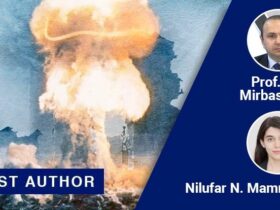
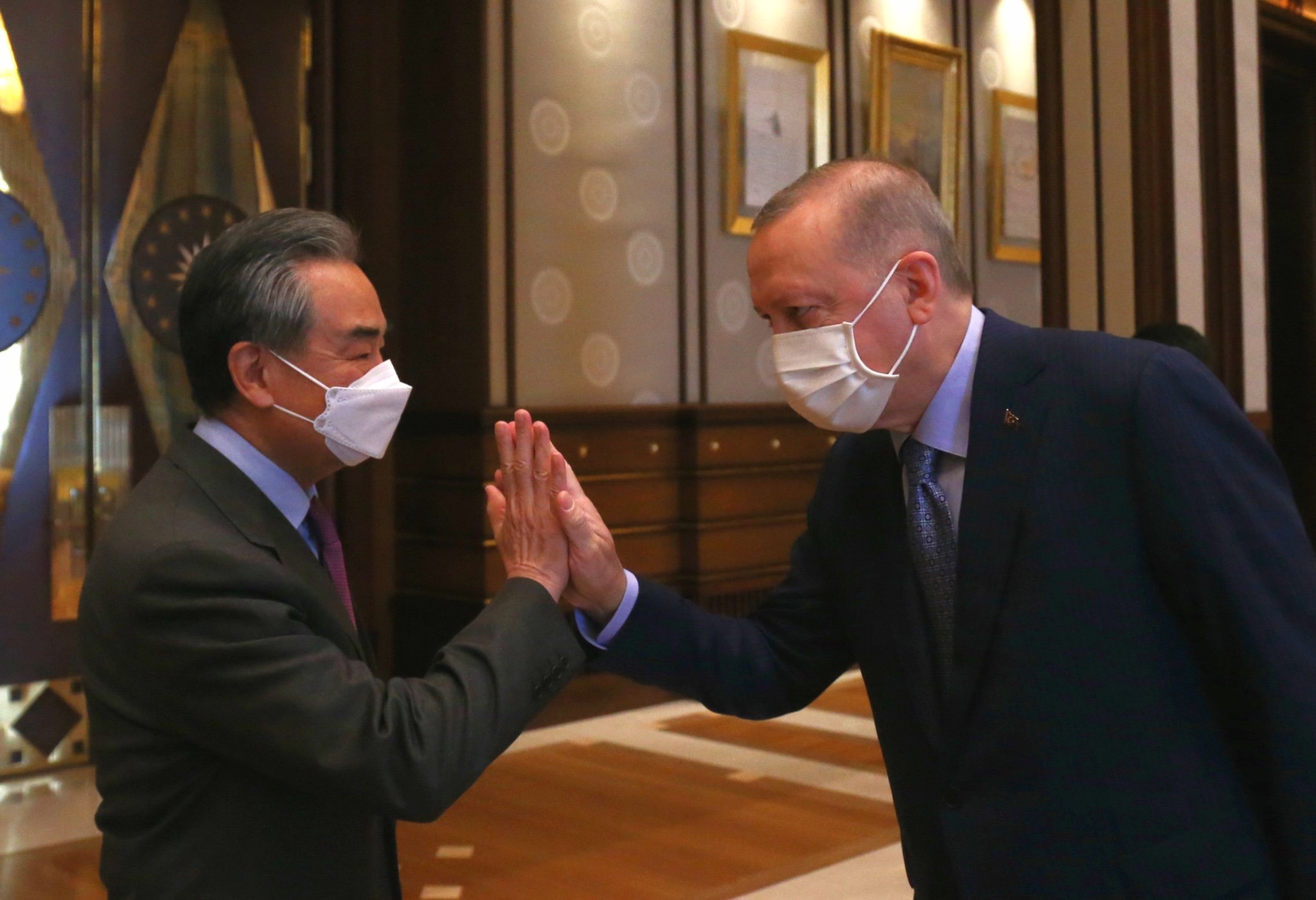
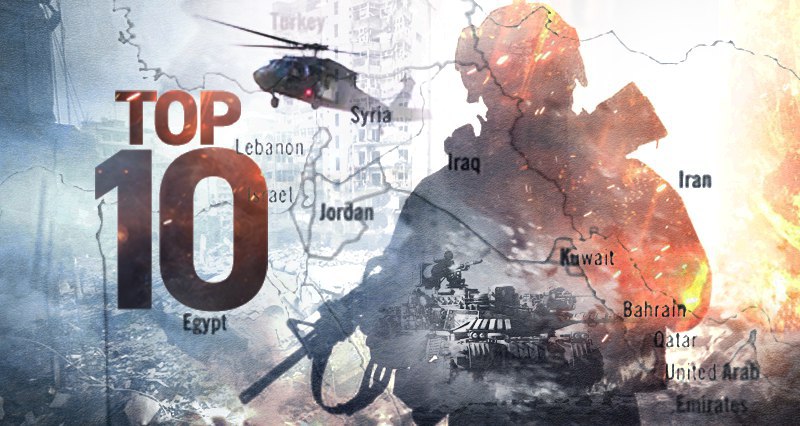
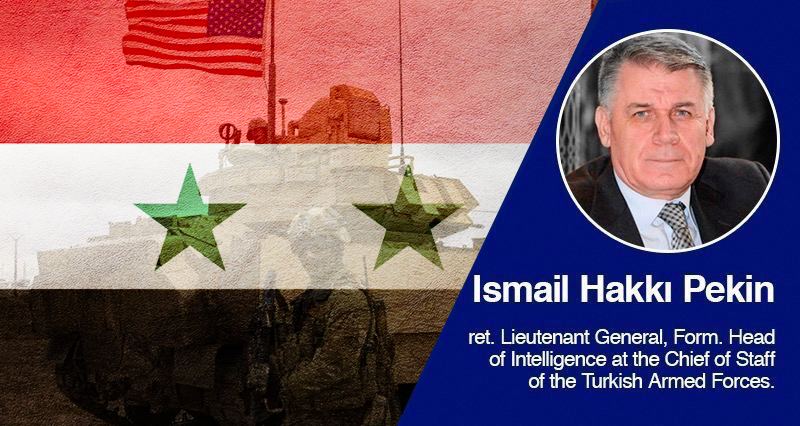

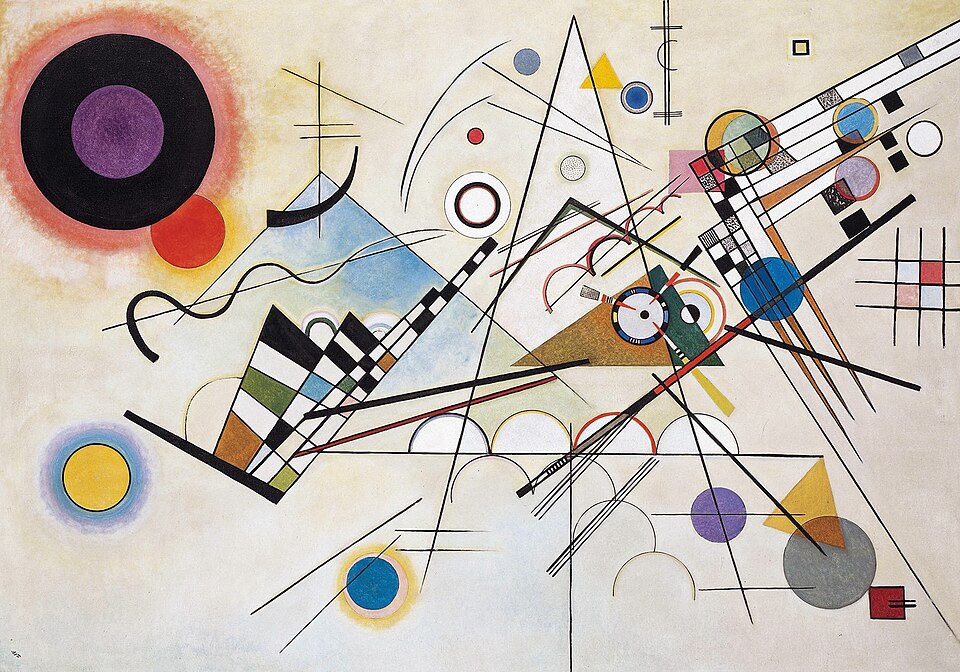
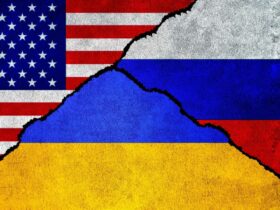

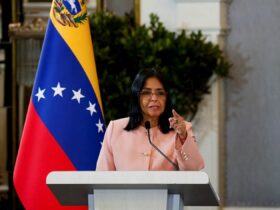

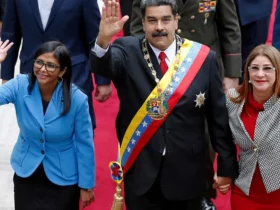
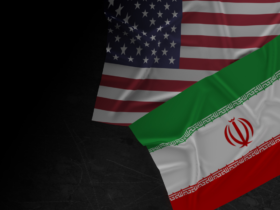
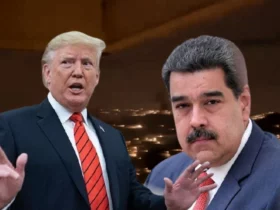
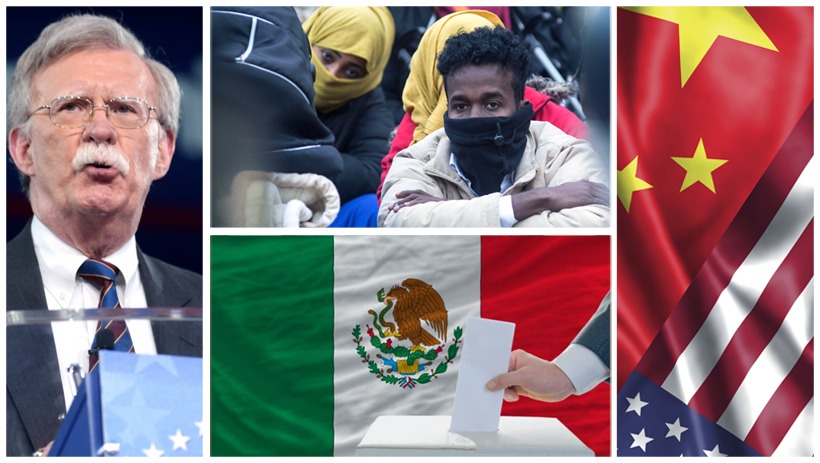
Leave a Reply